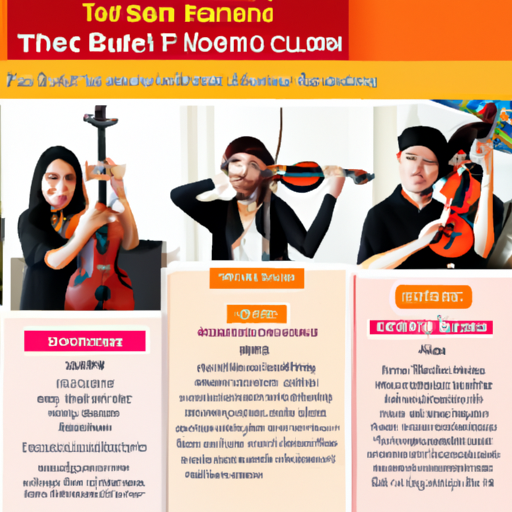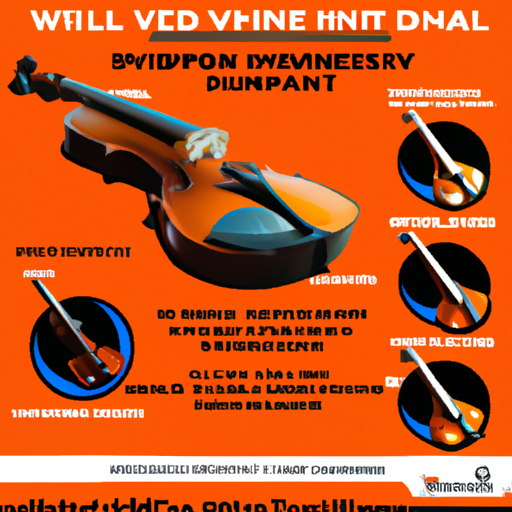
Comprehensive Beginners Violin Guide is an essential resource for anyone looking to start their journey in playing the violin. Whether you have no prior musical experience or are transitioning from another instrument, having a comprehensive guide can make the learning process smoother and more enjoyable. This guide will cover everything from the different parts of the violin to reading sheet music and practicing effectively.

Before diving into learning how to play the violin, it's important to understand the different parts of the instrument and their functions. The violin consists of various components, including the body, neck, fingerboard, bridge, and soundpost. Each part plays a crucial role in producing the desired sound and maintaining the instrument's integrity. Additionally, proper handling and care of the violin are essential to prevent damage and ensure its longevity.

There are different types of violins available, including acoustic, electric, and hybrid violins. Acoustic violins are the traditional type and produce sound acoustically, without the need for external amplification. Electric violins, on the other hand, require an amplifier to produce sound, making them suitable for various genres and performance settings. Hybrid violins combine features from both acoustic and electric violins, offering versatility and flexibility to violinists. As a beginner, it's important to consider the type of violin that suits your musical preferences and goals.
When choosing a beginner violin, several factors should be taken into account. These include the quality of craftsmanship, sound projection, playability, and price. It's important to find a balance between affordability and quality to ensure a positive playing experience. Additionally, tips for buying a quality instrument on a budget can help beginners find the best violin within their financial constraints.
Along with the violin, there are essential accessories that every beginner violinist should have. These include strings, rosin, shoulder rests, and a protective case. The guide will recommend specific brands and types of accessories to ensure the best possible sound quality and comfort while playing.
Tuning a violin is an essential skill that every beginner should learn. The guide will provide step-by-step instructions on how to tune the instrument using a tuner or by ear. Additionally, basic maintenance procedures will be covered to help violinists keep their instruments in good condition for optimal performance.
Proper posture and technique are crucial for violinists to produce a beautiful sound and prevent injuries. The guide will explain the correct posture and positioning for playing the violin, including holding the instrument, bow, and fingers. Basic bowing and fingering techniques will also be covered to help beginners establish a strong foundation.
Understanding music theory and being able to read sheet music are vital skills for any aspiring violinist. This section of the guide will introduce basic music theory concepts and explain how to read sheet music and interpret musical notation specific to the violin. Clear examples and explanations will be provided to facilitate the learning process.
Effective practice strategies are essential for beginner violinists to make progress and develop their skills. This section of the guide will outline various practice techniques, including scales, exercises, and etudes, to help beginners improve their intonation, bow control, and overall playing abilities. Additionally, tips on building a practice routine will be provided to maximize learning potential.
Learning the violin is a journey that benefits from additional resources and support. This section of the guide will highlight online tutorials, forums, and communities where beginner violinists can find valuable information, guidance, and support. Local resources, such as music stores and teachers, will also be recommended for those seeking in-person assistance and mentorship.
In conclusion, a comprehensive beginners violin guide is an invaluable resource for individuals embarking on their violin-playing journey. By understanding the different parts of the violin, choosing the right instrument, learning proper technique, and utilizing practice strategies, beginners can progress and enjoy the process of learning the violin. Utilizing the recommended resources and support systems will further enhance the learning experience, making the journey more enjoyable and rewarding.